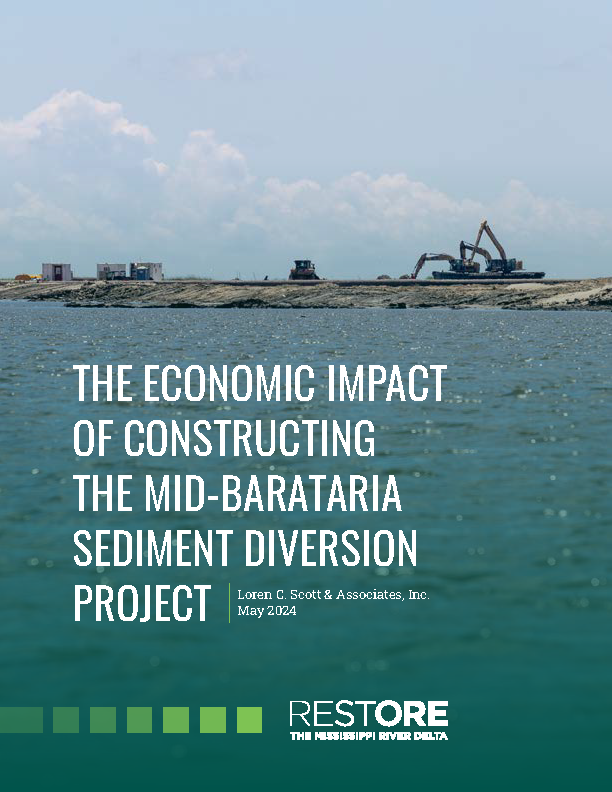Download the Report |
A new report by Dr. Loren C. Scott & Associates, Inc. details the regional significant economic impacts of building the Mid-Barataria Sediment Diversion (MBSD) on Plaquemines Parish and the surrounding five parishes. The updated report, “The Economic Impact of Constructing the Mid-Barataria Sediment Diversion Project” showcases how Plaquemines, St. Bernard, Orleans, Jefferson and St. Tammany businesses, residents and governments will benefit economically during the combined five-year period when the diversion is being built.
The analysis indicates that the construction of the project, totaling $1.6 billion over five years, will have significant economic benefits within Plaquemines Parish and regionally.
The Mid-Barataria Sediment Diversion (MBSD) Project
Scientists have been working for 30 years on a solution to this sediment loss, and one technique about to be implemented is the MBSD project. The idea would be to strategically reestablish hydraulic flows so that land-building, marsh-nourishing freshwater sediments can be injected into the Mid-Barataria Basin area experiencing land loss. The map below provides a handy visual of the location of the MBSD project and the Barataria Basin it is designed to help rebuild. It would be located near the town of Ironton, Louisiana and about eight miles east of Lafitte, Louisiana.
The MBSD will be located in Plaquemines Parish. Once built, this diversion will be operated strategically to deliver sediment, freshwater and nutrients from the Mississippi River into the Mid-Barataria Basin area to build and nourish tens of thousands of acres of wetlands over a 50-year period.
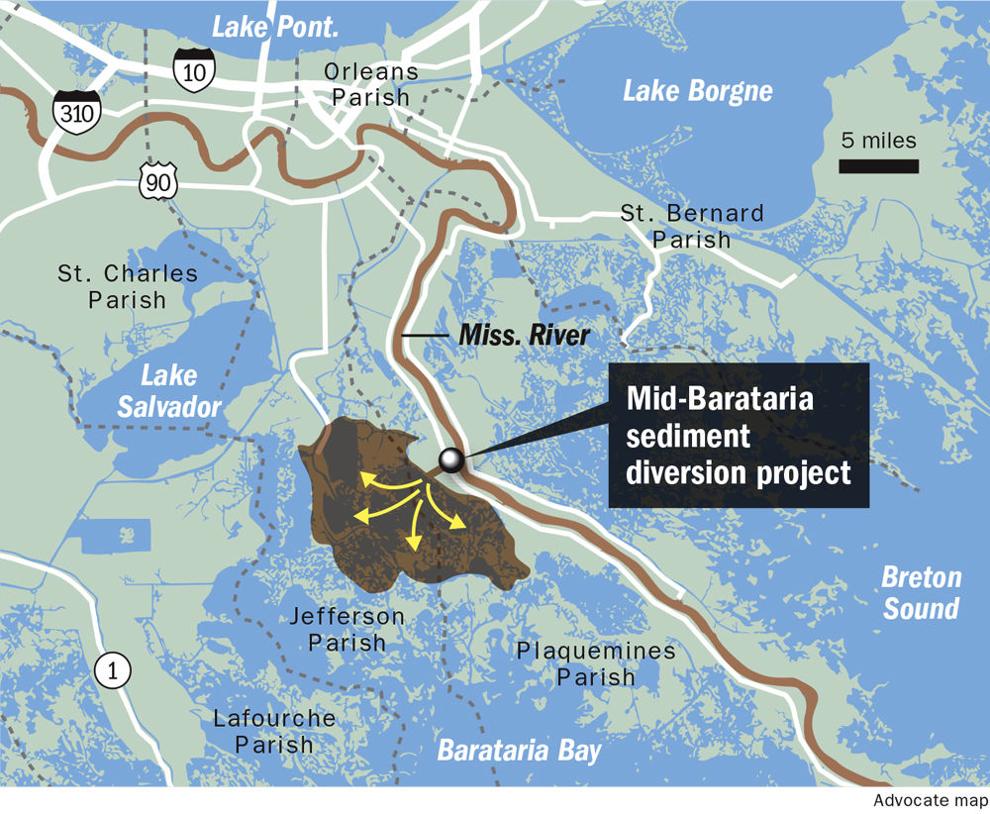
Impacts on Plaquemines Parish Economy:
Planning is in the final stage to construct the Mid-Barataria Sediment Diversion (MBSD) project on the Mississippi River, with an eye to using the diverted sediment to start rebuilding parts of the Louisiana coast lost when the river was diked. Over a 5-year period, over $1.6 billion dollars is projected to be spent in Louisiana on constructing the structure and funding fisheries and community mitigation efforts. This will be one of the largest capital projects in the history of Plaquemines Parish (exceeded only by the Venture Global LNG export terminal).
In this study, input-output (I/O) tables have been used to estimate the impact of this spending on two geographic areas: the Plaquemines Parish economy, and (2) the Region economy. The latter is defined as Plaquemines, St. Bernard, Orleans, Jefferson, and St. Tammany Parishes. Our findings are
summarized below.
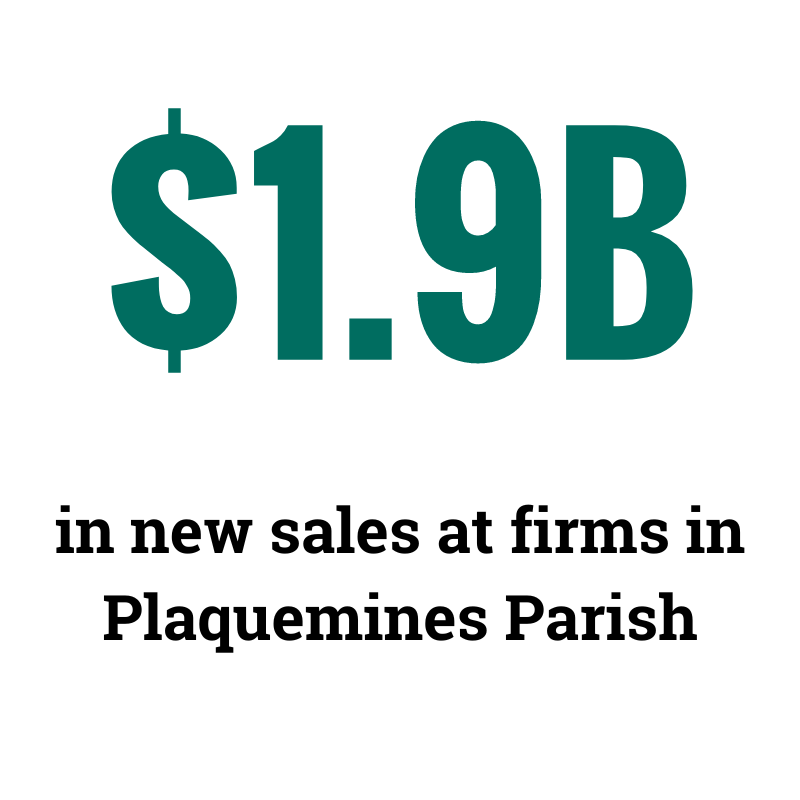
- A whopping $1.9 billion in new sales at firms in the Parish;
- $308.2 million in new earnings – an average of $61.6 million a year – for Parish residents;
- As a reference point, this $61.6 million figure is almost equal to the of earnings of all workers in the Parish’s entire construction sector ($64.7 million in 2022).

- An average of 540 new jobs for Parish residents, with a peak of 641 jobs in Year 3, and;
- This is slightly more than the total number of people working in the Parish’s entire healthcare and social services sector (535 jobs in 2023-IV).
- This implies an average annual wage of $114,148 (($308.2 million/5)/540). This is nearly 50% higher than the average annual wage in the Parish of $76,648, reflecting that these are particularly high-wage jobs.
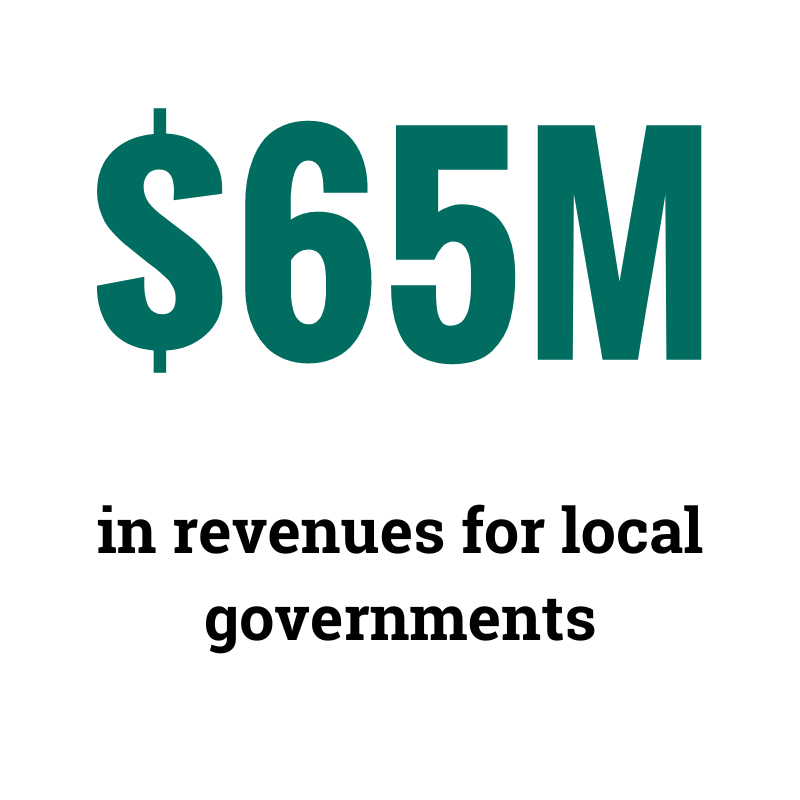
- $65.4 million in revenues for local governments or just over $13 million per year.
- As a reference point, over FY19-FY21—before construction began on the huge Venture Global LNG export facility—the Parish was averaging $16.9 million a year in sales tax collections. The diversion project will generate almost a year’s worth of sales tax collections every year for 5 years.
Impacts on Region Economy:
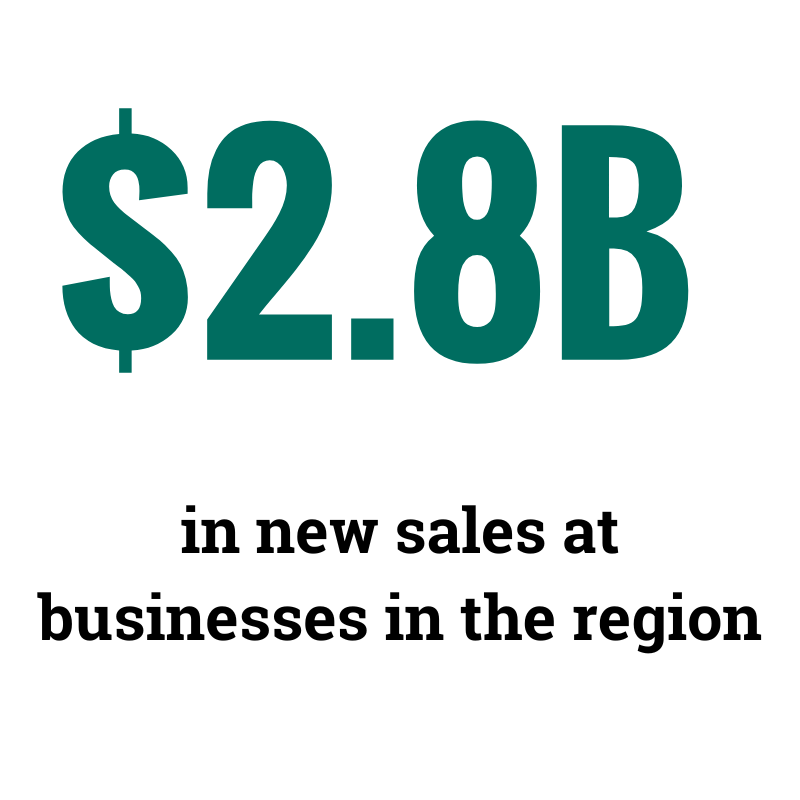
- Over $2.8 billion in new sales at businesses in the Region;
- Over $1 billion in new earnings ($1,016.6 million) for households in the Region, or an average of $203.3 million a year;
- Total earnings of all residents of Plaquemines Parish in 2022 (latest data available) was $778.8 million. Over this project’s 5-year cycle, its earnings generating power exceeded annual earnings of all Plaquemines Parish citizens by 30%.
- On an annual basis, the $203.3 million generated by the project almost equals the total earnings of all Plaquemines Parish citizens in the transportation/ warehousing sector ($225.4 million).
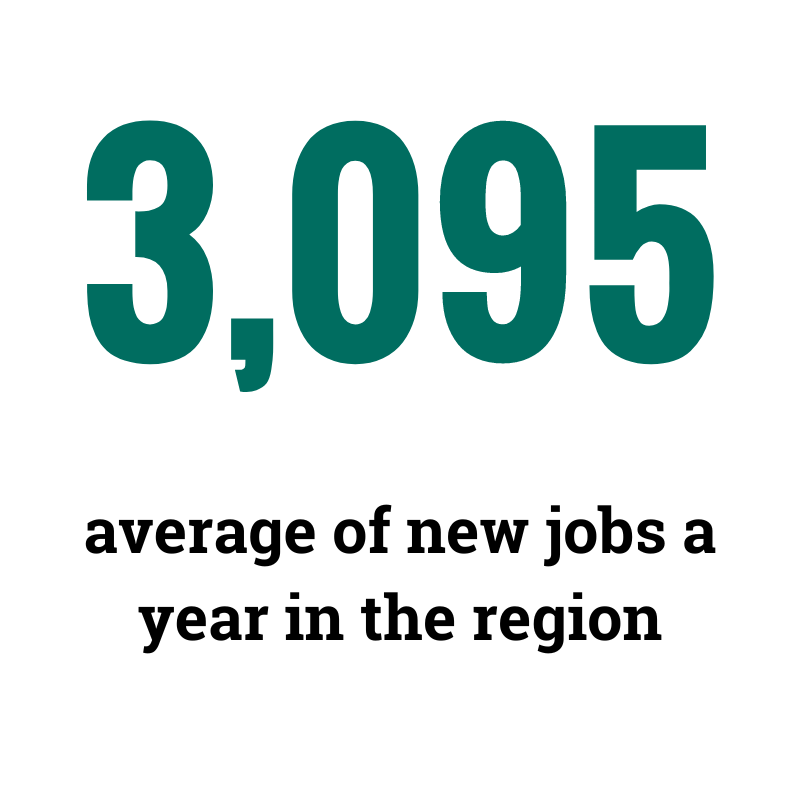
- An average of 3,095 jobs a year in the Region, with a peak of 3,647 jobs in Year 3. And;
- In April, 2024 total employment in Plaquemines Parish was 9,423. Effectively, this project will create a number of jobs across these 5 parishes that exceeds Plaquemines Parish employment by 30%.
- This number is approximately equal to total employment in West Carroll Parish (3,181).
- This implies an average annual wage for these jobs of $65,687, a figure 14% higher than the average wage in Louisiana ($57,564) meaning these are higher wage jobs.
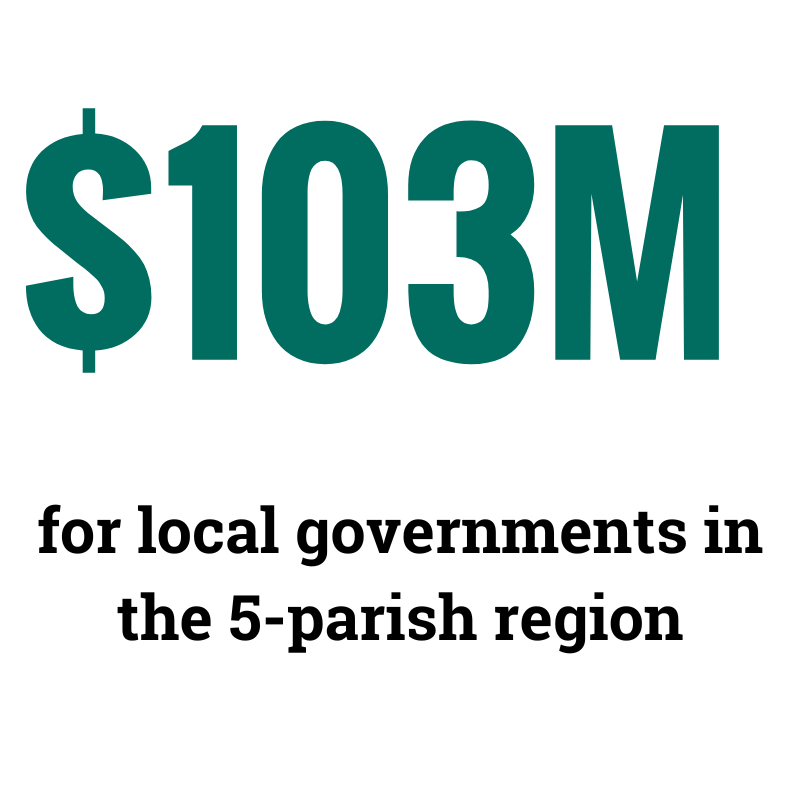
- $103.6 million for local governments in the 5-parish Region, or an average of $20.7 million a year
- From FY19 to FY21 (before construction start of the Venture Global project), Plaquemines Parish sales tax collections averaged $16.9 million a year. The annual local government revenues across these 5 parishes ($20.7 million) exceeds that figure by 23%.
